Can peacekeeping stop violence today and help communities thrive tomorrow? That’s the big question this category tackles. Here you’ll find clear, practical pieces on how peacekeepers work, how their efforts shape post-conflict recovery, and what makes peace last or fall apart.
Peacekeepers do more than stand between armed groups. They secure dangerous areas so aid workers can reach people, support fair elections, and help rebuild basic services like courts and police. On the ground this means guarding hospitals, monitoring ceasefires, training local police, and helping repair bridges and roads so markets can reopen. Those concrete actions create the space where citizens can start normal life again.
Think of reconstruction as a series of short steps: first stop the fighting, then protect civilians, then restore services, and finally hand authority back to local leaders. If any step is rushed or skipped, gains can disappear fast. Good planning ties security tasks to simple community projects—fix a school, restart a clinic—so people see change while the political process moves forward.
Peace missions often bring jobs, money, and new skills to towns that just went through war. That can boost local businesses and create stability. But there are trade-offs: sudden cash can raise prices, create dependency, or cause tensions if benefits aren’t shared. The most useful missions work with community leaders, listen to locals, and plan exits so communities can maintain services on their own.
Real impact comes when peacekeeping links security with local priorities. For example, supporting small clinics or school repairs gives immediate relief and builds trust between citizens and authorities. Programs that train local police and courts help people feel protected without foreign forces staying forever.
And we should be honest: peacekeepers are human. They face danger, long deployments, and heavy stress. Supporting their training, mental health, and clear rules of engagement improves outcomes for everyone.
So what role should peacekeeping play in the bigger picture? It should be a bridge not an endpoint: a way to protect people while politicians negotiate, while economies restart, and while communities rebuild trust. When missions focus on local ownership, clear short-term goals, and a realistic exit plan, they stand a better chance of leaving behind lasting peace.
Browse posts like “The Role of Peacekeeping in Post-Conflict Reconstruction” or “The Impact of Peacekeeping on Local Communities” to get real examples and practical lessons. If you want updates, analysis, and human stories about peace missions and their effects, this category will keep you informed without jargon.
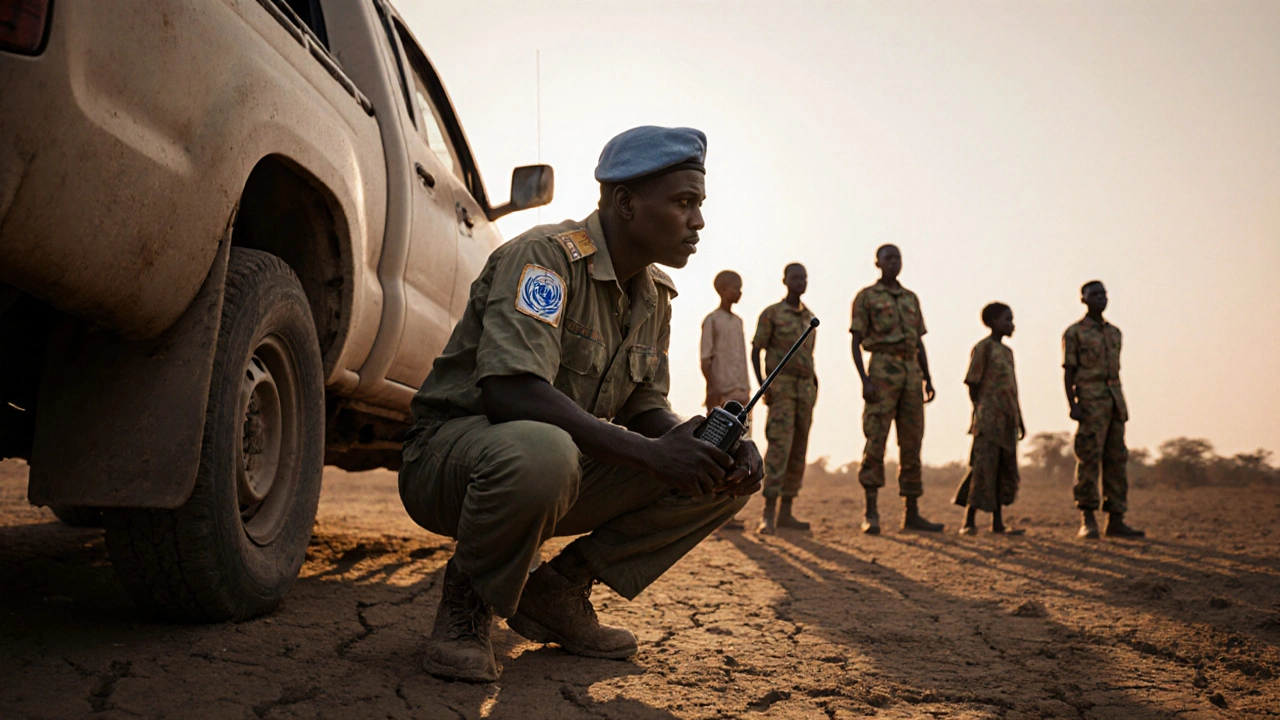
Behind every peacekeeping mission are thousands of local staff-drivers, interpreters, medics-who risk their lives daily with little pay or recognition. This is their story.
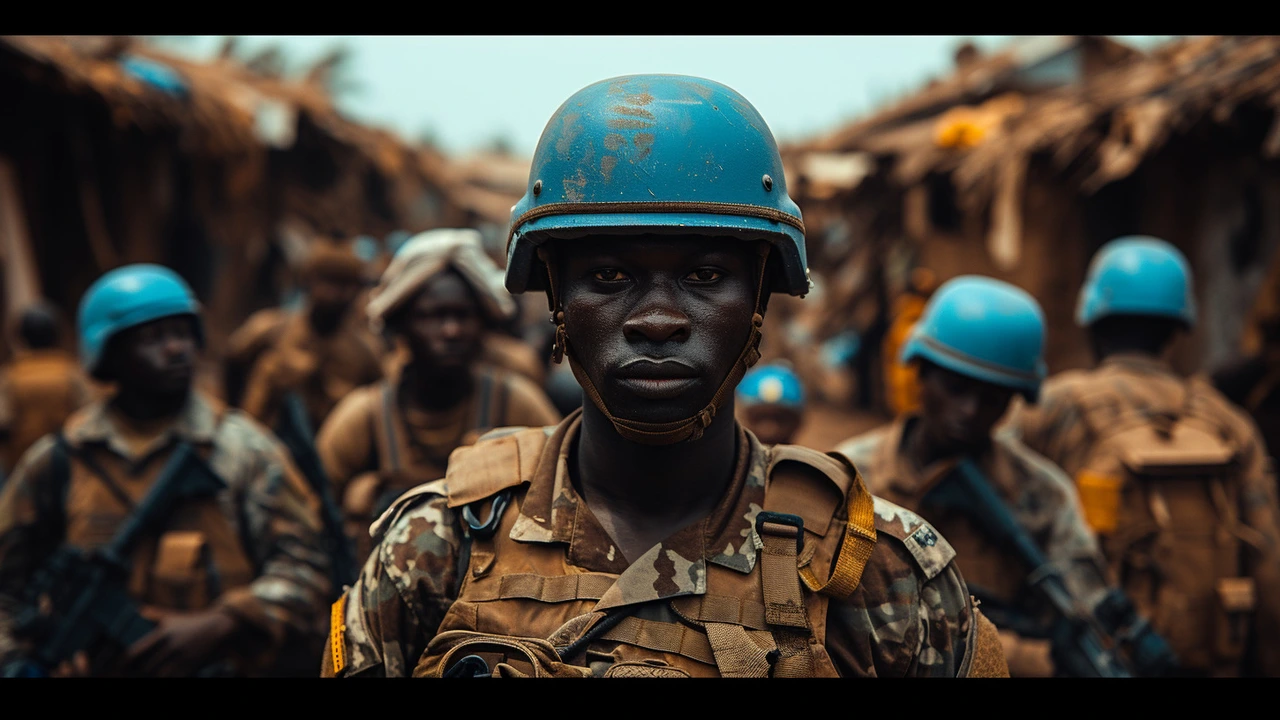
Peace and stability after a conflict are delicate instances that require utmost attention. This blog post explores the essential role of peacekeeping in post-conflict reconstruction. We'll delve into how peacekeepers help in laying the foundation for sustainable peace and contribute to rebuilding war-torn societies. I'll guide you through the complex journey of recovery, illustrating how peacekeeping efforts facilitate socio-economic development and political stability after a conflict. Join me as we underscore the importance of this pursuit in creating lasting peace worldwide.
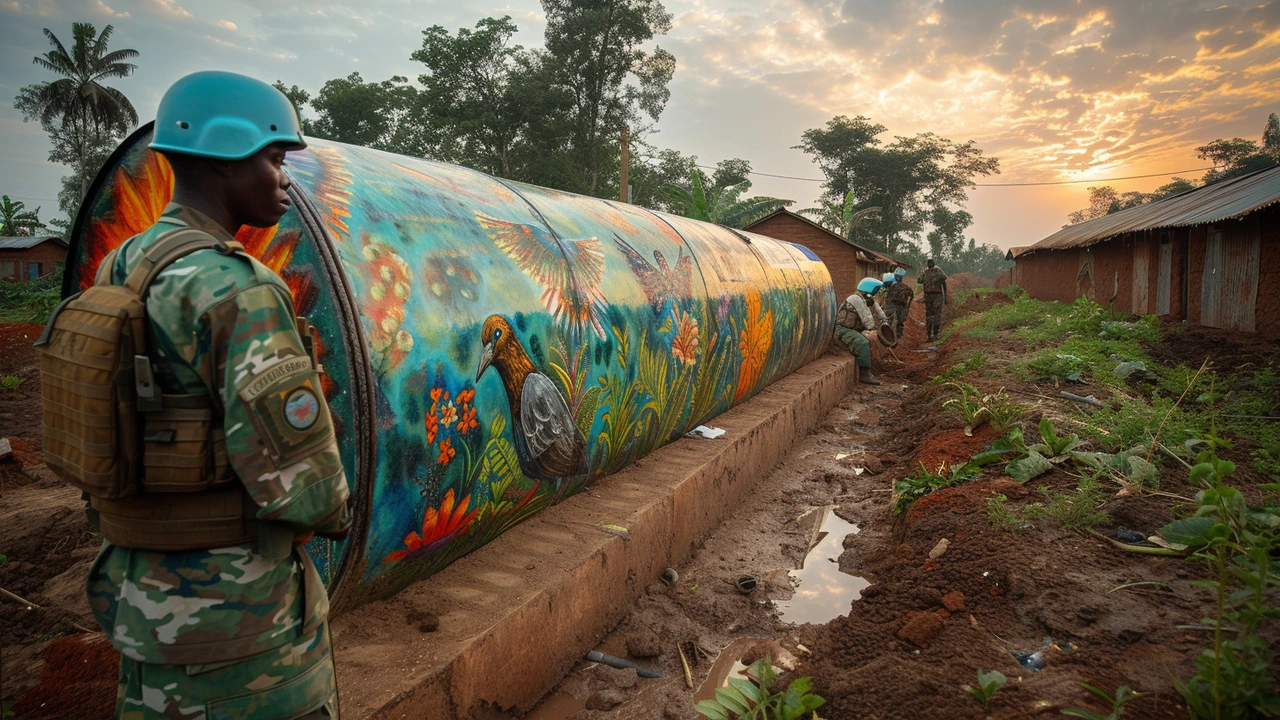
As a passionate advocate for peace, I'm here today to shed light on peacekeeping as a pathway to building sustainable peace. Through this intriguing topic, we'll explore how peacekeeping efforts aid in conflict resolution and foster long-lasting harmony in troubled regions. Furthermore, we'll delve into the techniques and strategies used in peacekeeping and their impact on sustainability. I believe that understanding these dynamics of peace propagation can help us contribute to creating a peaceful world. So, let's take this enlightening journey together.
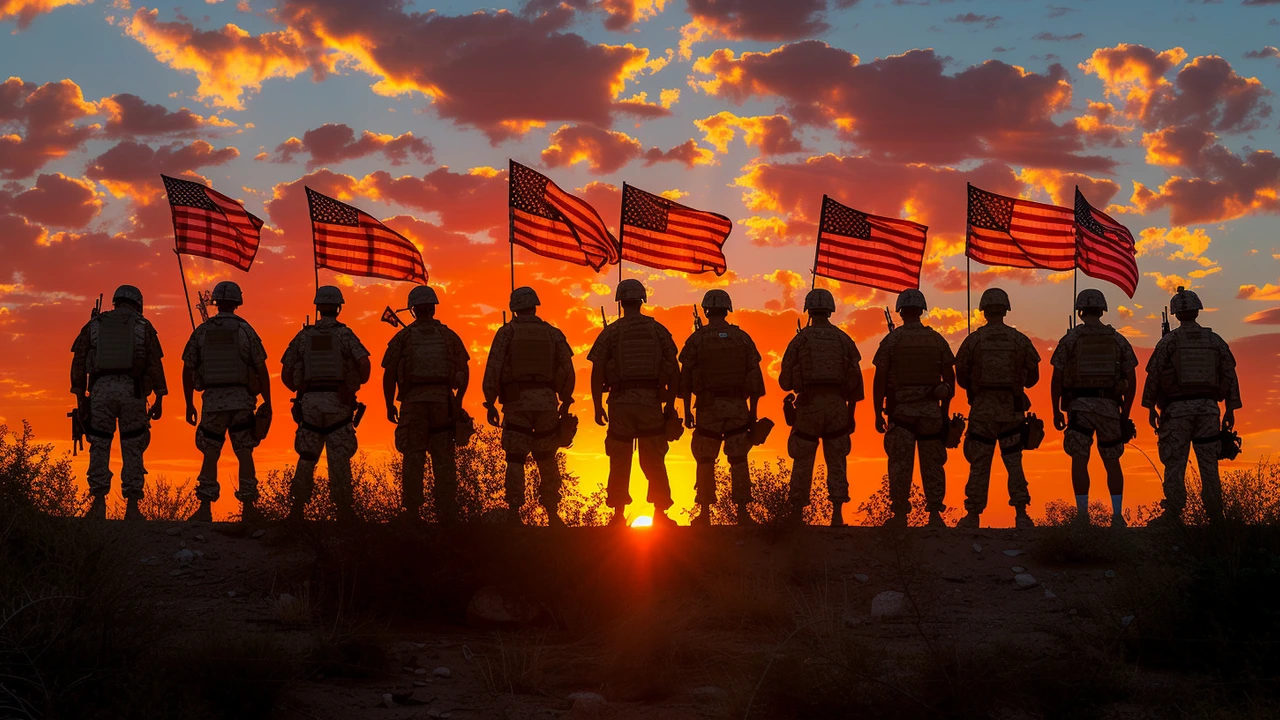
As a passionate advocate for peace and harmony, I have dedicated this post to exploring the noble journey of peacekeeping missions. Every day, peacekeepers across the globe strive to bring about a positive change in conflict-ridden regions, fostering hope for a peaceful future. These missions have an intrinsic goal of creating secure and peaceful societies, yet their work often goes unnoticed. In this post, I aim to draw attention to their tireless efforts and celebrate their impact on global peace.
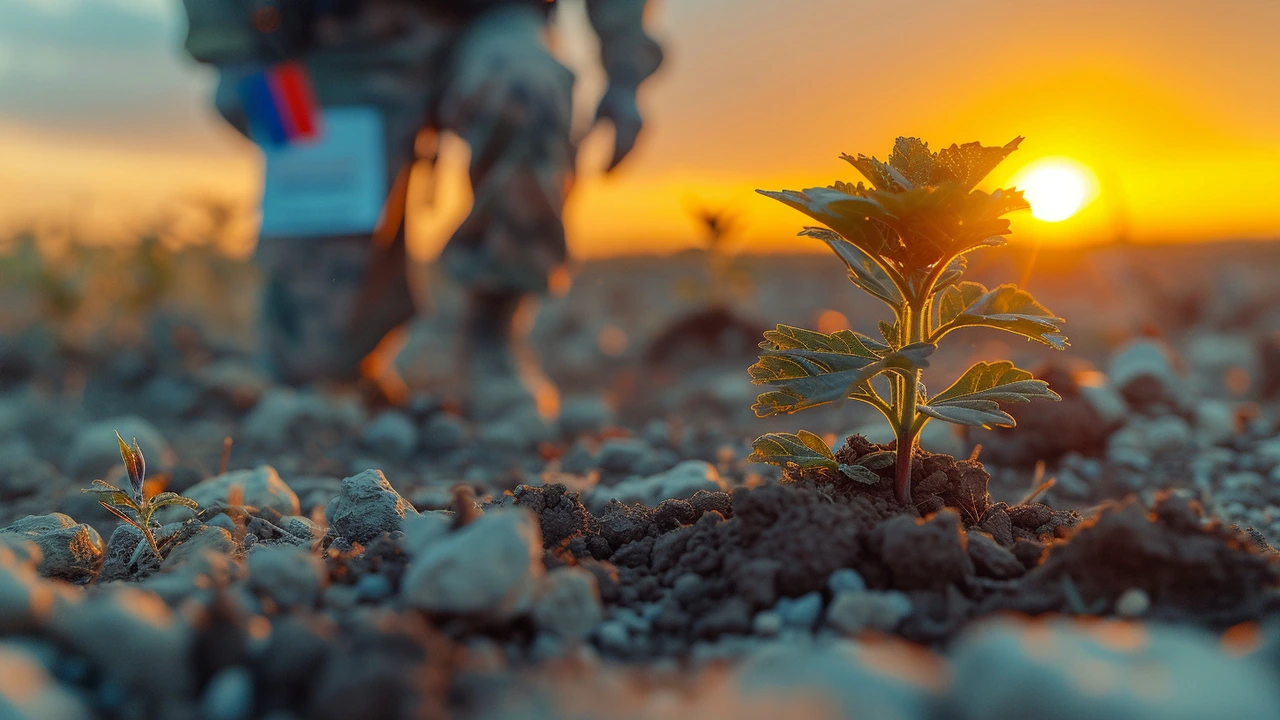
Hello! In this article, we'll delve into peacekeeping and why it's all about building bridges, not walls. As we navigate through conflict resolution and community development, we'll witness how it crafts a safer, more harmonious world. Together, we'll explore innovative strategies that embody the essence of peacekeeping, promoting unity and understanding. This is a post you won't want to miss. Stand by for a journey through a world of peacekeeping strategies less trodden by.
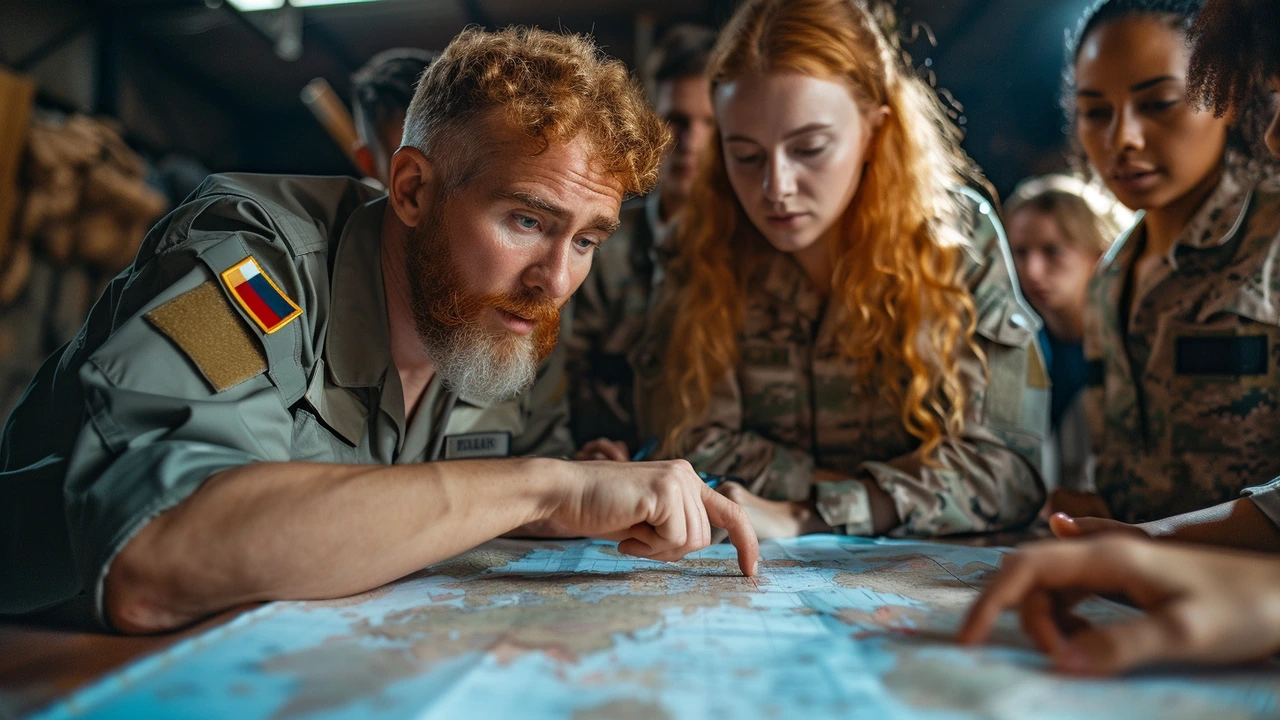
In our blog, we plunge into the world of peacekeeping, shedding light on the unsung heroes who strive for peace without capes or superpowers. Our focus rests on the courage, resilience, and selflessness of these individuals who devote themselves to peace missions globally. Their stories are profound, awakening in us a newfound respect for their work that often goes unnoticed. Join us as we delve into this uncharted territory, their bravery, their sacrifices, and their unwavering commitment to world peace.
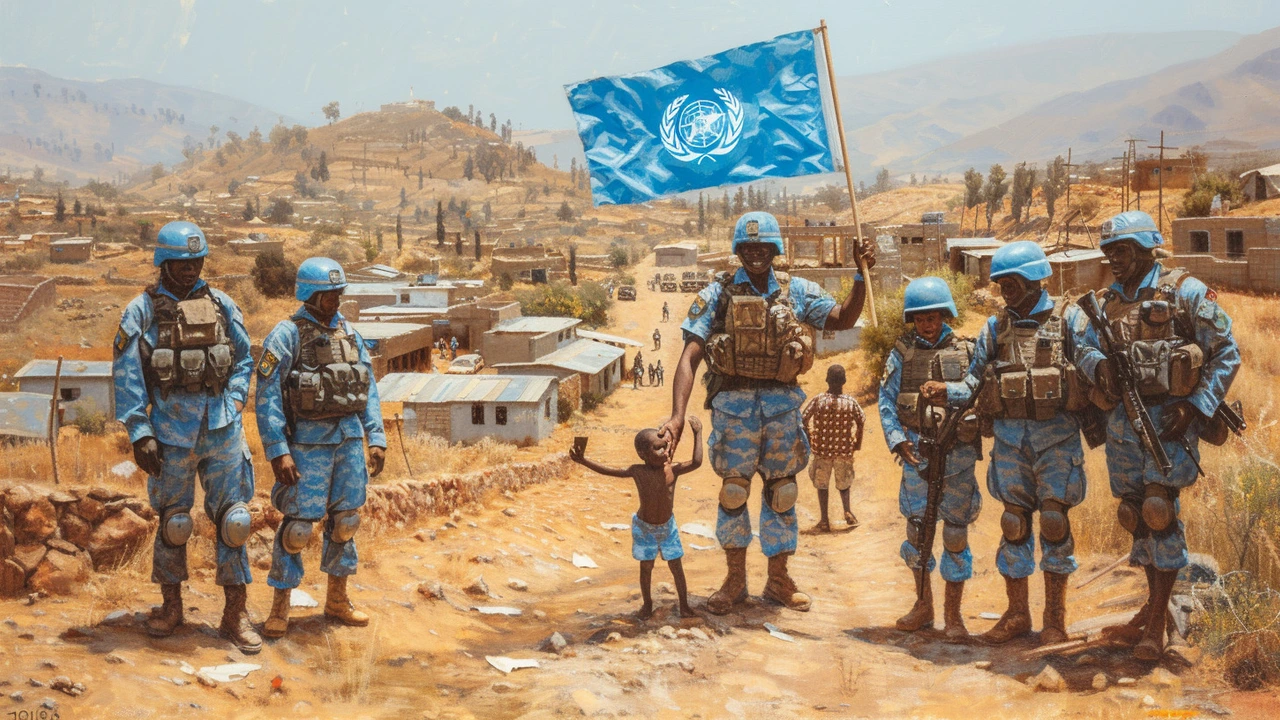
Hi there! Today we will be diving into an insightful discussion about peacekeeping and how it serves as a critical conduit for peace and stability worldwide. We will explore various aspects of peacekeeping operations and their crucial role in preventing conflicts and bringing lasting peace. Particularly, we will discuss how peacekeeping missions help to create a conducive environment for stability to take root. Stay tuned to understand how peacekeeping missions work and why they are so important in our troubled times!
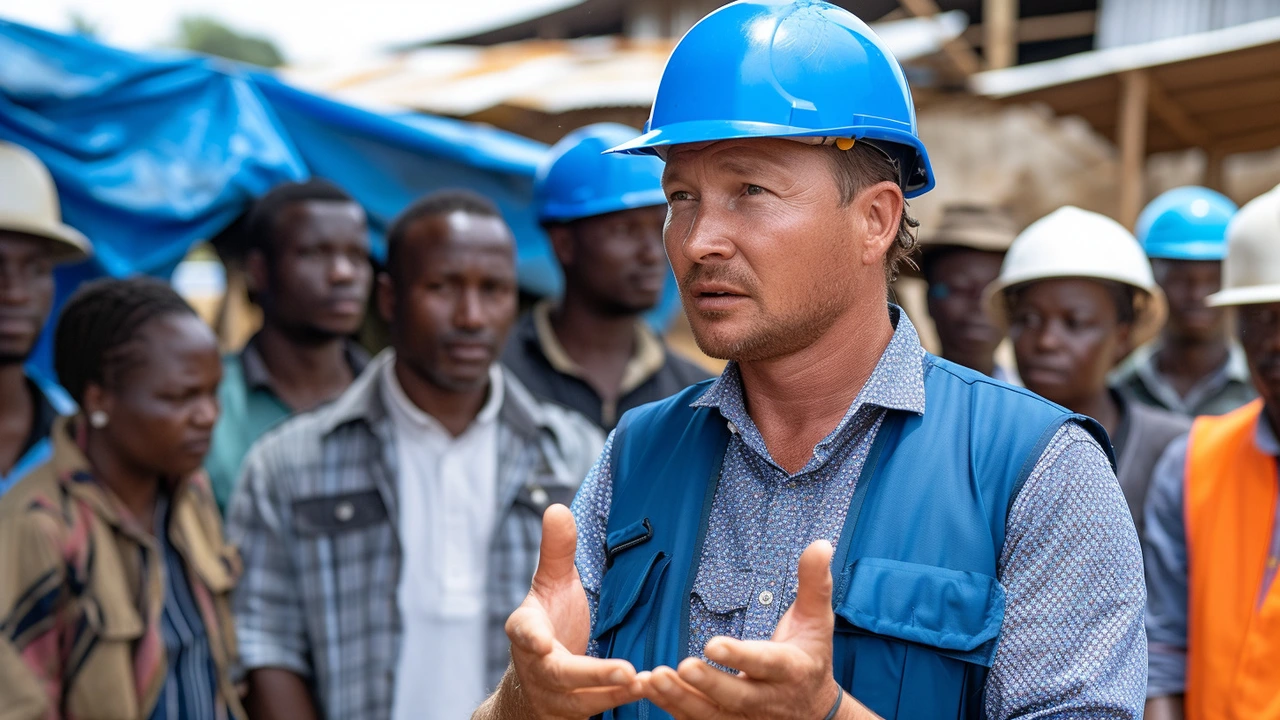
As a female blogger passionate about peace studies, I've personally dug deep into the topic of the impact of peacekeeping on local communities. In this post, we will explore how peacekeeping missions can affect socio-economic conditions in conflict zones. We'll also examine the flip side of the coin - the challenges and potential negative effects these operations may bring to local populations. As we delve into this significant issue, we'll gain appreciation for the delicate balance required in fostering global stability.
